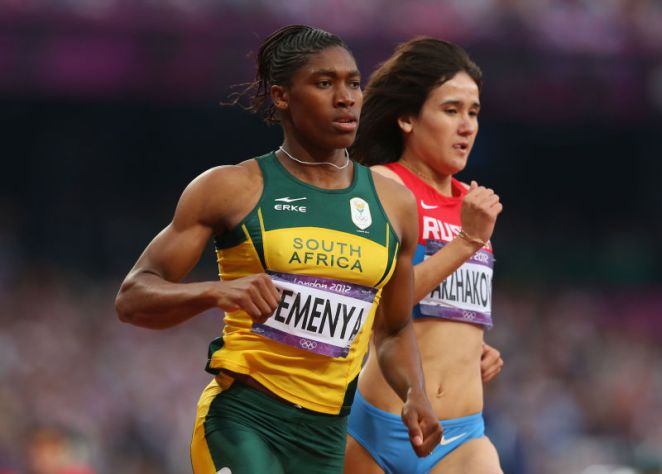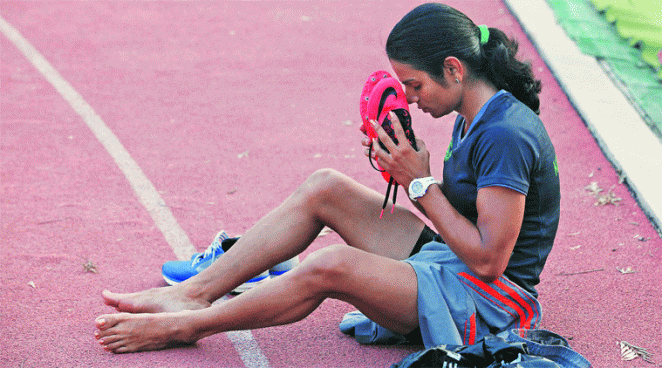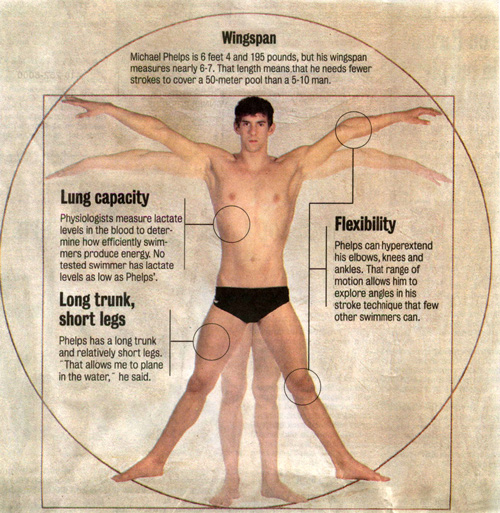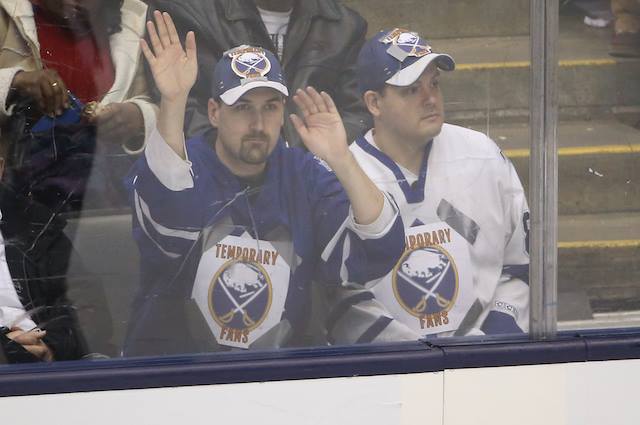DISCLAIMER: Not all as Heroic as they may appear
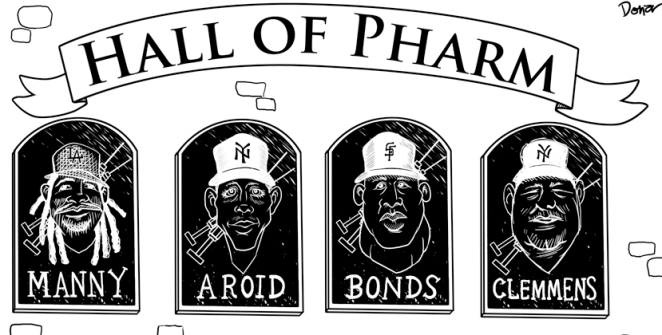
- 4 MLB superstars that all cheated
Every year, there are numerous scandals involving professional athletes that prove they are not the super-humans we believe them to be. These allegations remove them from the pedestals from which they are worshipped. Yes, their lives are heavily scrutinized, but as the famous saying goes, “with great power comes great responsibility”. These athletes willingly accept the spotlight in exchange for fame, and therefore must act responsibly and appropriately.
Not all athletes are academics, and some have only achieved high school diplomas. Then there are those who had the privilege to go to college, but maybe shouldn’t have been allowed to be there (Derrick Rose). Professional athletes should realize that they are constantly in the public eye, and doing something as unspeakable as assaulting your spouse (Ray Rice) or raping a 19-year-old girl (Kobe Bryant), will surely have negative repercussions.
That is not to say that all athletes are bad people. It is, however, ingrained in us as humans to remember a single bad event, and disregard the hundreds of good ones. This is known as the availability heuristic, or the mental shortcut of remembering events that are salient in our minds, and discount the other events.
Personal Experience
I write about this because I grew up an enormous sports fan. I idolized them, and wanted nothing more than be a pro. The Not-so-great role models Tiger Woods, and Barry Bonds were my heroes. Lance Armstrong, had the same type of cancer as my father, and seeing him overcome it was a source of hope and inspiration to me. If he was able to beat cancer and go back and be the best in the world, why couldn’t my dad?
Okay, so maybe we can forgive the cheaters such as Barry Bonds and Lance Armstrong. As David Callahan writes in his book The Cheating Culture “to not dope on the Tour De France is akin to playing by your own rules, rather than the prevailing rules of sport.”[1] – Martin Jemison, who raced with Lance Armstrong

That being said, I don’t think we can forgive the athletes who physically hurt, or endanger the lives of others. Whether that be domestic abuse, or a DUI.
Research
When comparing high-risk athletes to the rest of the population, athletes seem to score higher in narrow-mindedness, and selfishness than non-athletes[2]. This meaning that they are less likely to think about the consequences of their actions, as they cannot as easily see the big picture. Self-control and self-efficacy is high in athletes during the season, and declines during the offseason, providing a valid reason for why most scandals occur when they aren’t preoccupied by their sport[3].
Case in Point
One of my favourite players in the NHL is Dustin Byfuglien He has gotten multiple DUI’s despite being the Winnipeg Jets most beloved player. In the offseason, he continues to set a horrible example for children who want to grow up just like him. Aside from community service, Dustin Byfuglien has gotten off without a scrape, partially because he is a professional athlete. There were no repercussions from the league, or his team. There seems to be a different set of laws for athletes, as they almost never seem to end up in jail. For example, Semyon Varlamov who kidnapped his children and assaulted his wife, was released without jail-time and returned to the NHL within a two weeks’ time. Could this partially be attributed to him being one of the best goalies in the NHL? It is hard to think otherwise.(READ MORE on Athletes being above the law HERE.) Athletes being above the law is a horrible example to set for children, because it teaches them they are invincible, and the crimes they commit aren’t that bad after all.
–> It is unclear whether athletes should be used as role models. It is controversial because they are representing a city and therefore should act accordingly. On the other hand, they are human and make mistakes. This is an ongoing, controversial topic that can be seen many different ways.
After researching this topic, I feel that it is not fair to group athletes together. There are some athletes, such as Cy Young winning pitcher: Clayton Kershaw of the L.A. Dodgers, who runs multiple orphanages in Africa. He has won multiple philanthropic awards, such as the Branch Rickey Award in 2013 for “individuals in baseball who contribute unselfishly to their communities and who are strong role models for young people.”

Clayton Kershaw and his wife at their orphanage
Each athlete should be looked at differently, and it is up to parents to shape their child and teach them who is an appropriate role model.
Class Concept
In Heather Reid’s paper (2005) Athletic Competition as Socratic Philosophy she argues that we must look beyond the game to find its social meaning. It is not necessarily who is the best, but rather the effect the athlete has on its spectators. When she says “athletes know that performance in sport is as much a matter of soul as sinew” it suggests that there is an all-encompassing component that goes beyond the physical aspect of sport. To be an athlete requires the whole person, meaning that they must be virtuous on and off-the-field to be successful.
Plato criticized athletes lives of vice and excess by saying they lack moderation (Republic 410cff). Reid argues that aretē, or moral excellence is the only real and lasting prize in life. People, including athletes that posses aretē; are the people that we should use as role models.
Wrap-Up & Opinion
From the point at which an athlete distinguishes himself from their classmates for their God-given talents, they are excused from assignments, and given special treatment. When they do something wrong, administration is more likely to turn a blind eye because they don’t want their star-athletes being expelled. This pampering of athletes needs to stop because it leads to athletes feeling they are untouchable, and can do no wrong. In my opinion we should hold athletes accountable, and not rely on the bad ones as role models. Instead, we should pick athletes who are good people, and do good outside of the sport. The bottom line is, anyone can be your role model, but choose them for the person they are when they take their jersey off.
What are your thoughts?
Do you think that pro athletes should be viewed as role models to children?
Please comment below and give me your opinion.
Don’t forget to share this article on Facebook, or repost on Twitter!
Note: further reading links provided as hyperlinks within the text. Here are some additional links:
NFL has 15 cases of Domestic Violence in the past two years: http://www.si.com/nfl/2014/09/11/nfl-players-arrested-domestic-violence-assault
Lance Armstrong Admits Cheating to Oprah http://abcnews.go.com/GMA/video/oprah-winfrey-interview-lance-armstrong-drug-allegations-loss-18167993
NFL trying to stop on domestic violence: http://www.hollywoodreporter.com/news/nfl-announce-new-domestic-violence-742868
Works Cited
[1] Callahan, D. (2007). The cheating culture: Why more Americans are doing wrong to get ahead. Houghton Mifflin Harcourt.
[2] Kajtna, T., Tušak, M., Barić, R., & Burnik, S. (2004). Personality in high-risk sports athletes. Kineziologija, 36(1), 24-34
[3] Paulhus, D., Molin, J., & Schuchts, R. (1979). Control profiles of football players, tennis players, and nonathletes. The Journal of Social Psychology, 108(2), 199-205.

 Semenya in her contested win at the 2009 Berlin World Athletics championships.
Semenya in her contested win at the 2009 Berlin World Athletics championships.







